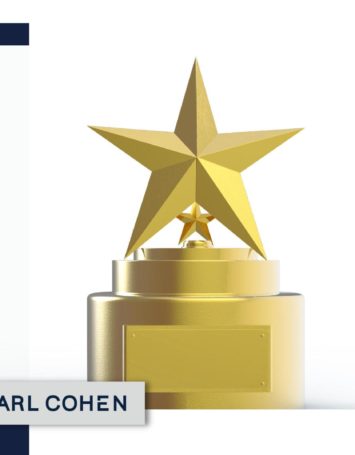Article by Clyde Shuman
The Patent Trial and Appeal Board of the U.S. Patent and Trademark Ruling has designated as precedential a June 2019 ruling concerning what must be disclosed concerning settlement agreements under 35 U.S.C. § 317(b). In DTN LLC v. Farms Technology LLC, case number IPR2018-01412, Paper 21 (PTAB, June 14, 2019), the Board ruled that parties seeking to terminate inter partes review proceedings via settlement must submit copies of collateral agreements referenced in their settlement, even though the patent owner wasn’t a party to the earlier agreements.
35 U.S.C. § 317(a) allows an inter partes review to be terminated upon the joint request of the petitioner and the patent owner unless the Patent Office has already decided the merits of the proceeding. § 317(b) requires filing in the Patent Office, before termination, of “[a]ny agreement or understanding between the patent owner and a petitioner, including any collateral agreements referred to in such agreement or understanding, made in connection with, or in contemplation of, the termination of an inter partes review.” (Emphasis added).
In DTN, in connection with joint motions to terminate, the parties also filed a copy of their written settlement agreement along with joint requests that the settlement agreement be treated as business confidential information (pursuant to § 317(b)). Subsequently, the Board contacted counsel for both parties with questions concerning other agreements (“collateral agreements”) referenced in the settlement agreement. At a telephone conference, the Board explained that the collateral agreements may be subject to the filing requirements of § 317(b). Counsel for the parties disagreed, but the Board maintained its position. At a second telephone conference, counsel for the parties proposed filing the collateral agreements along with requests to treat the agreements as business confidential information, and motions to expunge the collateral agreements. Counsel argued that the Board could use the motions to expunge as a vehicle for reaching a final decision on whether the collateral agreements were subject to § 317(b)’s filing requirement.
On the joint motions to expunge the collateral agreements, the Board rejected the parties’ two arguments against application of § 317(b) to the collateral agreements. First, the Board rejected the argument that the collateral agreements were not agreements “between the patent owner and a petitioner,” as required under § 317(b), or “between the parties,” as required under 37 C.F.R. § 42.74(b). Inter alia, the parties argued that neither of the collateral agreements was between the patent owner and a petitioner because the patent owner here was not a party to either agreement.
In response, the Board noted that the settlement agreement was “an agreement or understanding between the patent owner and a petitioner,” triggering § 317(b), and referred to the two collateral agreements, further implicating § 317(b). The Board pointed out that § 317(b) requires filing of “any collateral agreements referred to” in a settlement agreement and does not require more than that. Specifically, the Board pointed to the language of § 317(b), which does not limit “collateral agreements” to those between the patent owner and a petitioner.
The Board concluded that “any” in § 317(b) means “any,” “so the collateral agreements need not be between the patent owner and a petitioner to fall under the ambit of the statute. It is sufficient for a collateral agreement to be referred to in an agreement between the patent owner and a petitioner.” As a result, the fact that the patent owner was not a party to either of the collateral agreements did not exempt them from the filing requirement of § 317(b).
The Board also rejected the parties second argument, that the collateral agreements were not required to be filed because they were not “made in connection with, or in contemplation of, the termination of” the IPR proceedings. The parties argued that termination of the IPRs would have no effect on the collateral agreements.
In response, the Board referred again to the statutory language of § 317(b), noting that it does not require that collateral agreements be “made in connection with, or in contemplation of, the termination” of the IPR proceedings. Rather, § 317(b) requires the “agreement or understanding between the patent owner and a petitioner,” that is, the settlement agreement, to be “made in connection with, or in contemplation of, the termination of an inter partes review under this section.” As a result, only the “agreement or understanding between the parties”—the settlement agreement—need be “made in connection with, or in contemplation of, the termination of a proceeding.” Collateral agreements need only be “referred to” in the settlement agreement to qualify under § 317(b), which they were here.



